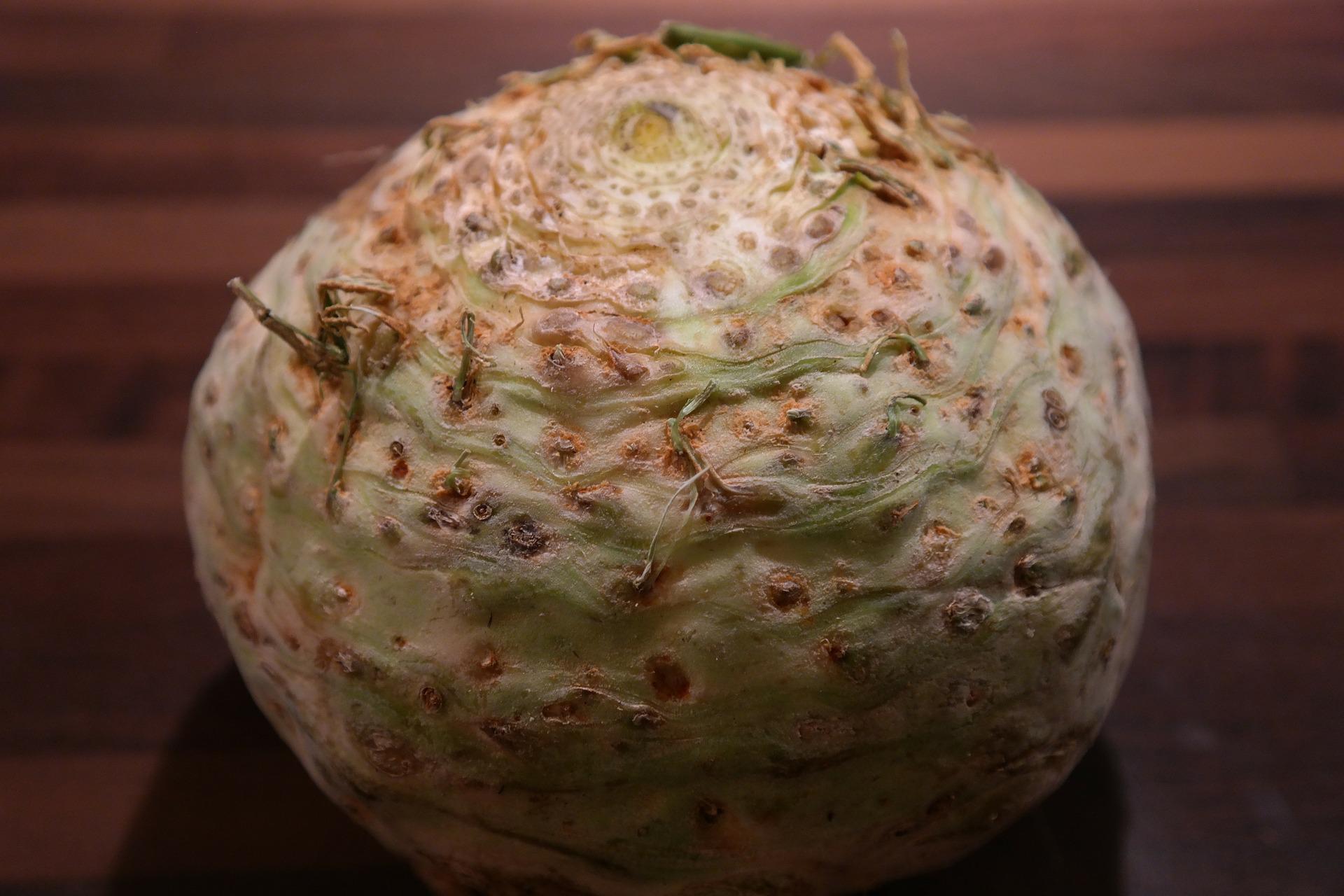Seedlings can be grown either in beds or containers, with container cultivation offering several advantages and thus being more common.
Advantages of Container Cultivation of Seedlings
Seedlings grown in containers have uniform growing space, allowing for even plant growth and high uniformity among the seedlings. Ready-to-use substrates with good water-air balance, high water retention, and sufficient nutrient content for full seedling development are used for cultivation. These substrates are sterilized and free of disease-causing organisms, pests, and weed seeds commonly found in soil. This method allows for transplanting with the substrate intact around the roots, reducing transplant shock and enabling continuous growth. This minimizes the need for replanting and allows planting even in less-than-ideal soil moisture conditions. Transplanting can also be done throughout the day, optimizing equipment use and planting on larger areas at the optimal time. Seedlings grown in containers mature earlier and generally yield higher than bare-root seedlings grown in beds. Container-grown seedlings are particularly suitable for producing hybrid vegetables, where the high cost of seeds makes it essential to produce quality seedlings from each seed.
For sowing in containers, ready-made substrates with good water-air balance, high water retention, and sufficient nutrients are used. These substrates are sterilized and free of disease-causing organisms, pests, and weed seeds.
Celery can be sown directly into containers with pot sizes around 30 cm³, using pelleted (calibrated and treated) or pre-germinated seeds. Alternatively, seeds can be sown in trays and transplanted into containers once the first true leaf has developed (4-5 weeks after sowing). Celery seeds are slow to swell and germinate, so soaking them in water at 20°C for a day or two before sowing is beneficial, as celery germinates better in light than in darkness.
Seedling Cultivation and Care
Containers should be placed in protected environments, slightly elevated off the ground using bricks, stone blocks, or wooden slats. This setup allows for faster and better warming and prevents roots from growing through the bottom of the containers, ensuring the substrate is fully colonized by roots for easier transplanting.
Throughout the cultivation period, the substrate should be kept moderately moist. Due to the relatively small volume of planting sites in containers, watering should be done in the morning, with humidity maintained during the day through misting. It is preferable to keep the plants dry in the evening and at night. Rainwater collected from structures, well water, or clean natural water sources are best for watering, as tap water is often too cold and can negatively affect seedling development. Watering should be done using automatic systems with fine mist sprinklers to prevent damage to young seedlings and compaction of the substrate. Hand watering should also use sprinklers that produce very fine droplets. Automatic watering systems can also be used to apply foliar fertilizers as needed, such as Fertina P, Profert Mara, or Kristalon, depending on the crop’s needs.
Using quality treated seeds and growing in sterilized substrates generally eliminates the need for disease protection during container cultivation. However, it is advisable to treat seedlings preventively with a contact fungicide such as mancozeb (0.2% concentration) or copper-based fungicides before transplanting.
A week before the planned transplanting date, protected areas should be fully opened to expose the seedlings to direct sunlight, helping them adapt to the full spectrum of sunlight they will encounter in the field. Before transplanting, the substrate should be moderately moistened to facilitate easy removal of the seedlings with the substrate intact around the roots.
Microclimatic Conditions for Seedling Cultivation
To ensure quick germination, containers are placed in germination chambers where the optimal temperature of around 25°C is maintained, with air fully saturated with moisture using micro-sprinklers that create a mist. The containers remain in the germination chambers for a few days until the seeds sprout. They are then moved to heated protected areas where a uniform optimal temperature is maintained during the day and until the seeds fully germinate, with substrate moisture also maintained. Once the seedlings emerge and develop their first cotyledon leaves, the temperature in the protected area should be lowered to 18°C (not exceeding 20°C), with slightly lower nighttime temperatures, but not below 12°C, with regular ventilation and substrate moistening. This temperature regime is maintained with ventilation until the seedlings develop 4-5 leaves, approximately 10-12 weeks after sowing.













































